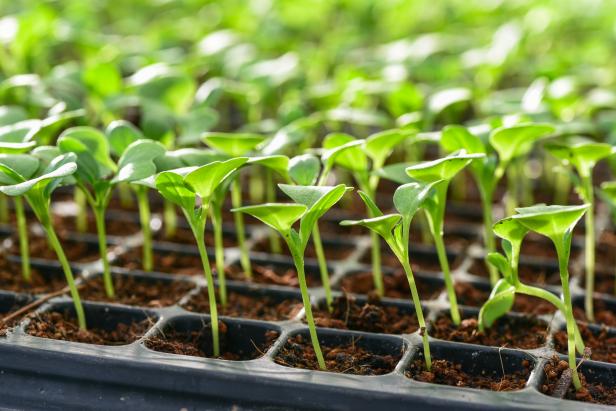

As the days lengthen and the frost retreats, gardeners across the world eagerly anticipate the arrival of spring. For many, this season marks the beginning of a new growing cycle—a time to prepare seedling trays and nurture the tiny plants that will eventually flourish into a thriving garden. Whether you’re a seasoned gardener or a novice with a passion for greenery, mastering the art of preparing seedling trays is essential for success. In this guide, we’ll explore step-by-step instructions to ensure your seedlings get the best start possible.
Choosing the Right Seedling Trays:
Before diving into the preparation process, it’s crucial to select the appropriate seedling trays. These trays come in various sizes, materials, and configurations. Opt for trays with adequate drainage holes to prevent waterlogging, and consider the size of your seeds and the eventual growth of your plants when choosing the cell size. Additionally, reusable trays made from materials like plastic or biodegradable options are environmentally friendly choices.
Materials Needed:
Step-by-Step Guide to Prepare Seedling Trays:
Preparing seedling trays is a vital step in the journey towards a successful garden. By following these simple steps and providing proper care and attention to your seedlings, you’ll set the stage for a bountiful harvest. So, roll up your sleeves, gather your supplies, and get ready to watch your garden dreams take root and flourish! Happy gardening!
